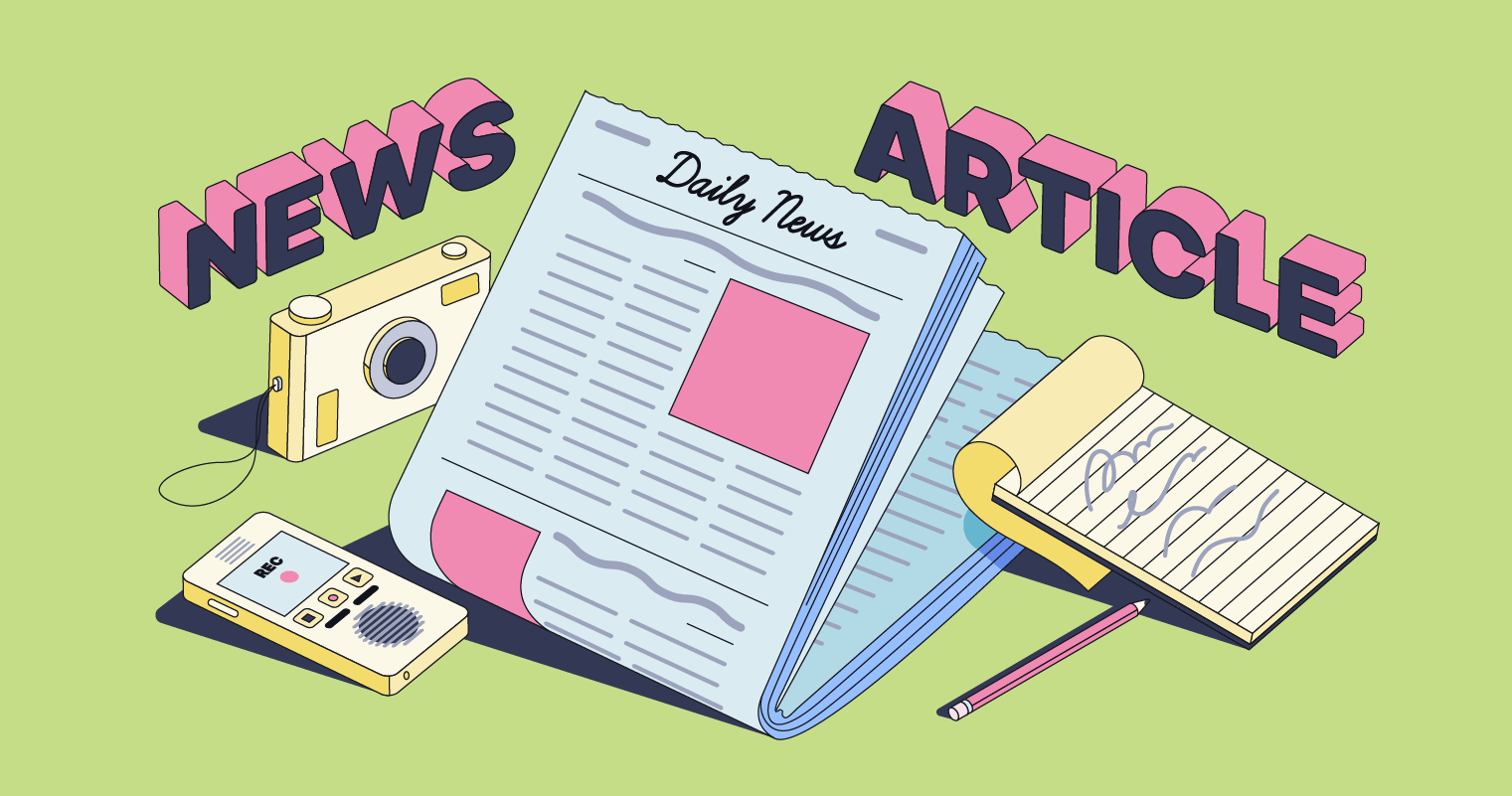The Definitive Guide to News Articles
The Definitive Guide to News Articles
Blog Article
The 8-Minute Rule for News Articles
Table of ContentsFacts About News Articles RevealedSome Known Details About News Articles 5 Simple Techniques For News ArticlesThe Only Guide for News ArticlesAn Unbiased View of News Articles
Good knowledge of various subjects offers trainees an affordable edge over their peers. Although digital and social media are easily easily accessible, we should not neglect exactly how crucial it is to read the newspapers. Moms and dads must attempt and inculcate the behavior of reading a paper as an everyday regimen to continue the heritage of the adored print tool.Newspaper article likewise contain at the very least one of the following important qualities family member to the desired audience: closeness, importance, timeliness, human rate of interest, anomaly, or consequence. The related term journalese is occasionally used, typically pejoratively, to refer to news-style writing. One more is headlinese. Papers typically follow an expository writing style.
Within these restrictions, newspaper article additionally intend to be thorough. Various other factors are involved, some stylistic and some obtained from the media type. Amongst the bigger and extra highly regarded newspapers, fairness and balance is a major element in providing info. Discourse is usually restricted to a separate area, though each paper might have a various total angle.
Newspapers with a worldwide audience, for example, have a tendency to use a more formal design of writing. News Articles.; typical design guides include the and the United States News Style Publication.
The smart Trick of News Articles That Nobody is Discussing
As a regulation, journalists will certainly not make use of a long word when a brief one will do. News writers try to stay clear of using the same word a lot more than when in a paragraph (occasionally called an "echo" or "word mirror").
Headings occasionally leave out the topic (e.g., "Jumps From Watercraft, Catches in Wheel") or verb (e.g., "Pet cat woman lucky"). A subhead (additionally subhed, sub-headline, subheading, caption, deck or dek) can be either a secondary title under the main headline, or the heading of a subsection of the short article. It is a heading that comes before the primary text, or a team of paragraphs of the major text.

Added billboards of any of these types may show up later on in the short article (specifically on subsequent web pages) to tempt more reading. Such billboards are additionally used as tips to the post in various other sections of the magazine or website, or as advertisements for the item in other publication or websites. Common framework with title, lead paragraph (summary in strong), other paragraphs (information) and get in touch with details.

Instance of a hard-lead paragraph NASA is proposing another room task. The firm's budget plan request, revealed today, included a strategy to send out another objective to the Moon. This time the firm really hopes to develop a long-lasting facility as a jumping-off factor for other room experiences. The budget plan demands about $10 billion for the project.
An "off-lead" is the second most vital front page news of the day. To "bury the lead" is to begin the post with background information or information of secondary importance to the viewers, index forcing them to read more deeply right into a write-up than they need to have to in order to discover the essential factors.
The Facts About News Articles Revealed
Common use is that a person or more sentences each create their very own paragraph. Reporters typically describe the company or framework of a newspaper article as an inverted pyramid. The necessary and most intriguing components of a story are put at the start, with supporting information following in order of decreasing significance.
It enables individuals to discover a topic to only the depth that their interest takes them, and without the useful site imposition of details or nuances that they could consider irrelevant, yet still making that info available to much more interested visitors. The upside down pyramid structure also enables posts to be cut to any kind of arbitrary length during layout, to suit the room available.
Some writers begin their tales with the "1-2-3 lead", yet there are many sort of lead offered. This style invariably begins with a "5 Ws" opening up paragraph (as defined over), followed by an indirect quote that serves to sustain a significant component of the initial paragraph, and afterwards a direct quote to sustain the indirect quote. [] A kicker can refer to numerous points: The last story in the news broadcast; a "delighted" tale to end the program.
Longer write-ups, such as magazine cover write-ups and the pieces that lead the within sections of a newspaper, are referred to as. Attribute stories differ from straight information in a number of methods. Foremost is the absence of a straight-news lead, most of the moment. Instead of supplying the essence of a story in advance, attribute authors might attempt to tempt readers in.
The Basic Principles Of News Articles
An attribute's initial paragraphs typically connect an you can try here intriguing moment or occasion, as in an "anecdotal lead". From the details of a person or episode, its sight rapidly expands to abstract principles about the tale's topic.

The Editor's Toolbox: A Recommendation Guide for Beginners and Professionals (2001) Allan M. Siegal and William G. Connolly. The New York Times Manual of Design and Usage: The Authorities Design Overview Utilized by the Writers and Editors of the World's Most Authoritative Newspaper (2002) M. L. Stein, Susan Paterno, and R.
Report this page